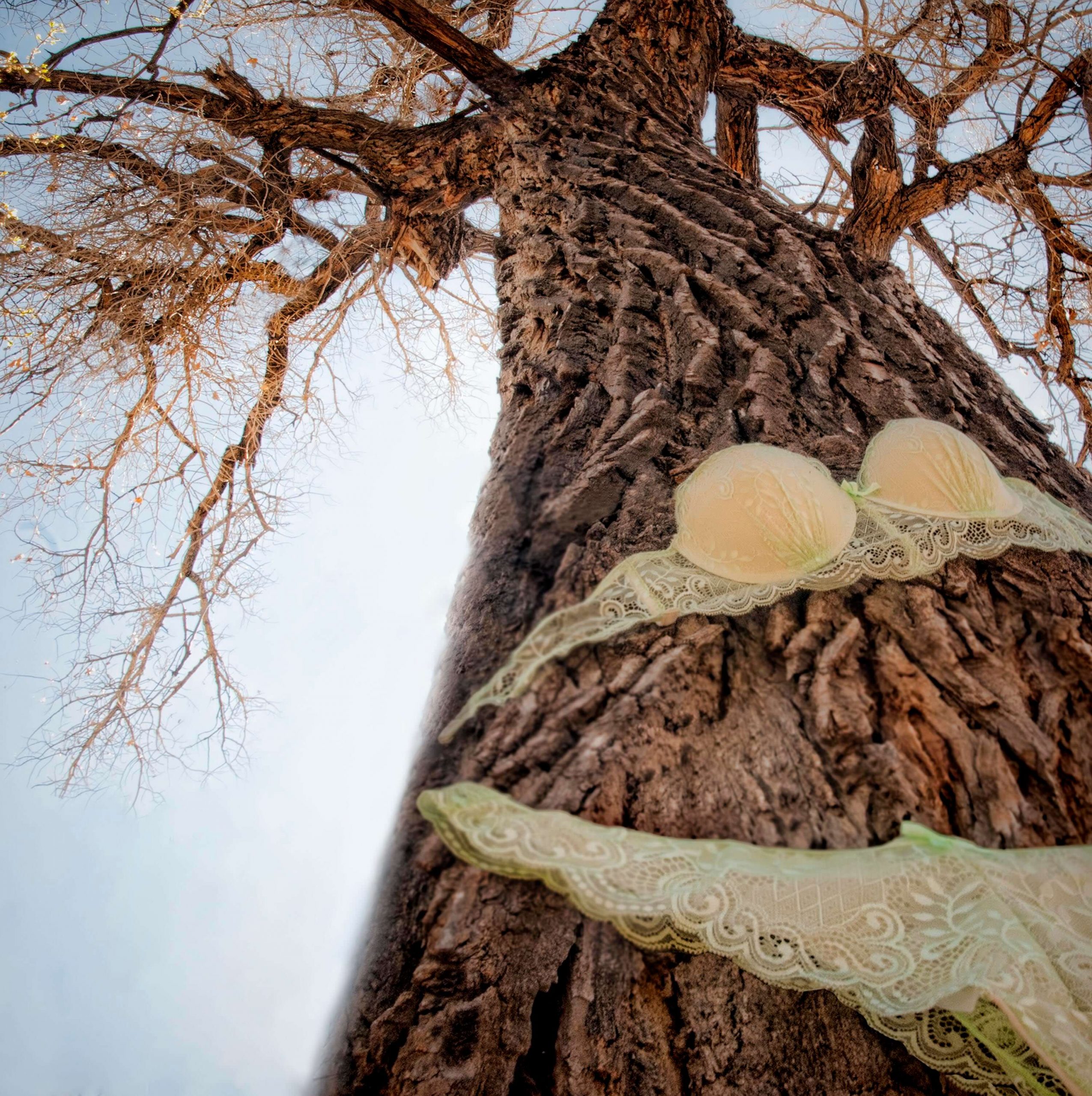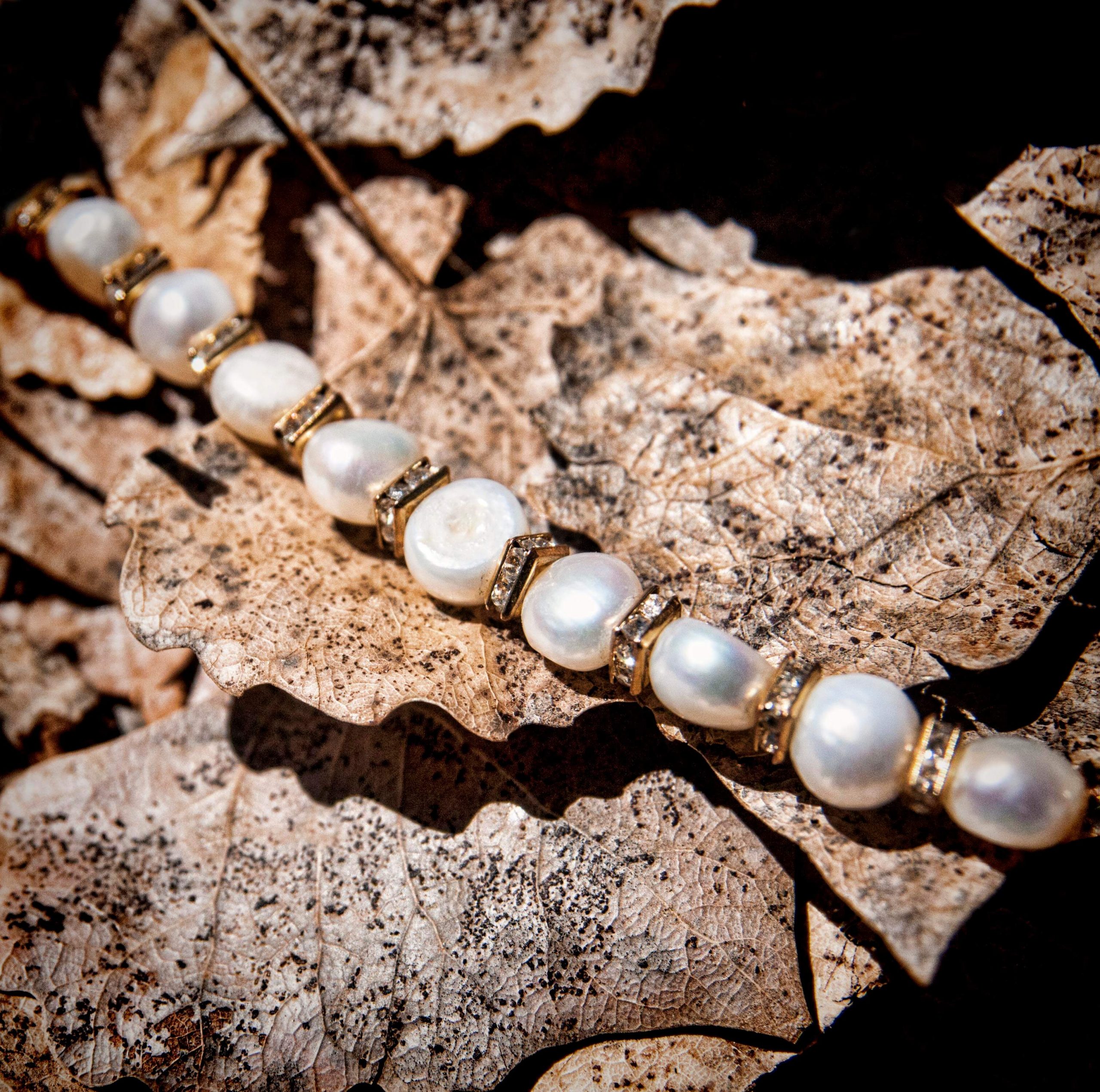Soil and the City, Episode 5: Trees – the Love Child of Soil, Water and Air
by Amy Bell, PLA, ASLA, ISA Certified Arborist
FBT Architects Landscape Architect

This six-part blog series investigates the reasons why we have fallen out of love with soil (or at the very least taken it for granted) and how we can rekindle that relationship through an amended approach to the design and construction of our everyday places.
Soil and the City, Episode 5: Trees – the Love Child of Soil, Water and Air
Wait a minute. What business does a soil blog have going on about trees? Turns out, they might be the key to a lasting relationship with soil.
Trees serve as our worldly connection to the depths below. Through their leaves, branches, flowers and fruit, we surface dwellers can peek into the frenzy of biological romance under our feet. Trees represent the grand outcome of prolific procreation underground through the intermingling of air, sunlight, water and organic matter.
Pablo Neruda, master of love prose, felt this resonance and described it in his poem “Girl Gardening” (from Third Book of Odes 1957):
The whole
of you prospered
piercing down
into earth,
greening
the light
like a thunderclap
in a massing of leafage and power.
In a pure and graceful expression of true love, trees are masterfully grounded yet artfully airborne. They speak to the soil through chemical interactions, electrical pulses, and water, nutrient and gas exchange. Tree roots and fungus in the soil boogie down through mycorrhizal associations, benefitting plant and soil ecosystem alike. Despite their fixed address, trees are nimble and eloquent communicators. Have a seat. Trees will listen.
Hug-related jokes aside, we have to admit our magnetic attraction to trees, whether it’s running fingers over rough bark, tickling leaves or climbing and resting in their branches. Research unequivocally shows this contact activates beneficial chemicals in our brains, invigorating our overall well-being.
Trees make us feel comfortable so it’s only natural to speculate that they might make really fantastic relationship counselors. Trees can facilitate our communication with the soil if we give them the chance.
If we pay attention to the health of our urban trees they will help us remember last week’s Step 1: that soil is there and Step 2: we need to treat it right.
We are able to physically and emotionally interact with trees in a way that is simply more difficult for us to do with soil. Whether climbing or falling out of one, everyone has a tree story. I bet you have one too. Date night hint: soil loves tree stories (and so do landscape architects).
That being said, much like our relationship with soil we take the gifts that trees so willingly give for granted. Like soil, trees provide us with life sustaining services by producing the oxygen we breathe, filtering pollutants from the air and water, reducing effects of flooding and providing shade and windbreak. If that wasn’t enough, they contribute psychologically to an environment that reduces our stress response and improves creativity, focus and consequently our ability to work with each other.
In a roundabout way, spending time with trees might make us better collaborators by encouraging the kinds of conversations we need to bring soil into the heart of the design process.
But first, it’s time to debunk some destructive gossip. We often hear ill-informed chatter suggesting “trees aren’t supposed to grow in the desert.” They require too much water. The environment is too harsh. We are likely to believe this statement because of the alarming regional canopy die-off we have seen over the past 10 years – particularly in Albuquerque. The typical urban tree here lives a meager 6 years.
But please take note: this is not because trees aren’t supposed to live the in desert. It’s quite simply because it is inexorably difficult for trees to live in an urban environment in which everyone has completely forgotten about soil health. The danger within this misunderstanding is that we continue to urbanize while justifying development without intelligent planning for valuable tree canopy.
We need to remember that if people are to live in the urban desert we need trees to make it a habitable place. It is also important to remember the effect of hundreds of years of grazing on our so called ‘native’ environments. Urbanization and agriculture have altered the high desert surroundings to the extent that it is difficult to identify our landscapes’ true natural condition.
Our task is to uncover the balance between theoretical natural condition and our ability to live here.
And so we return to soil. If we converse with our trees we connect to the soil and can begin to better cooperate with each other to initiate more regenerative design.
The medicinal art of Shinrin-yoku or “forest bathing,” has become a cornerstone of preventative health care in Japan and South Korea. Forest therapy is scientifically proven in reducing stress and lowering blood pressure, increasing energy level and ability to focus.
Hm. Trees as therapists, you say?
This tuning of our senses to the natural parts of our environment is absolutely possible in an urban setting. If we consider the urban forest to be a vital part of the metropolitan fabric, taking a forest bath at lunch doesn’t seem so wacky (but you can tell everyone at the office you’re just going for a walk).
Soil health, the urban forest, human health and regenerative design practice are intimately linked, and the possibilities are akin to those of a tiny seed.
So where do we go from here? Read on in Episode 6: Soil – This is Landscape Architecture. #WLAM2016
Images by Amy Bell.
Previous Installments:
Episode 1: Can Soil Get its Groove Back?
Episode 2: Baggage – A Brief History of New Mexico’s Love Affair With Soil
Episode 3: Sorry Soil, It’s Not You It’s Us – The Break Up
Episode 4: Romancing the Soil – Towards Making Amend(ment)s



